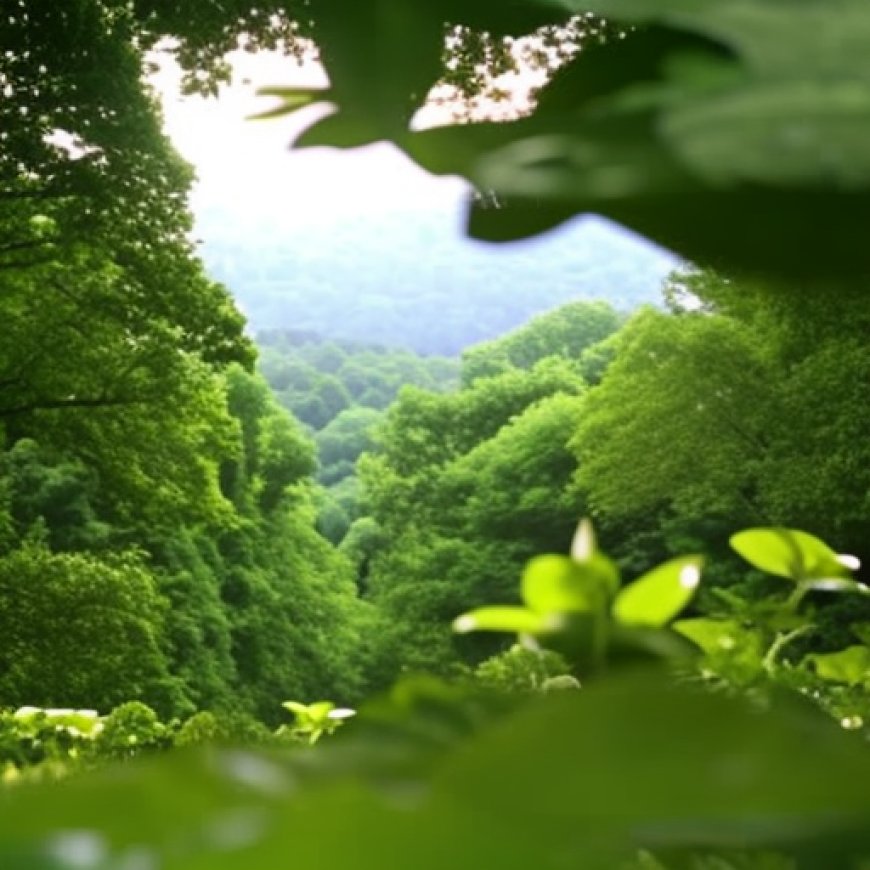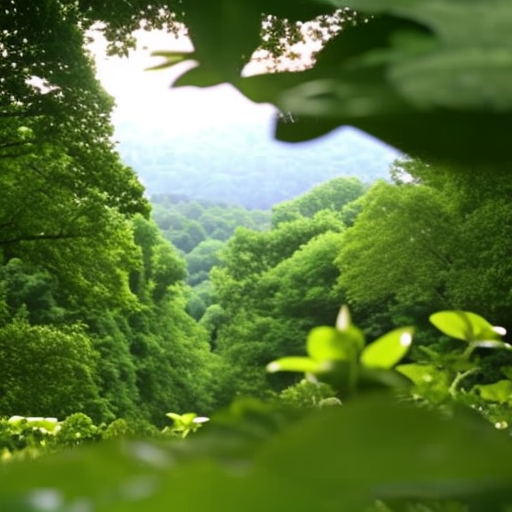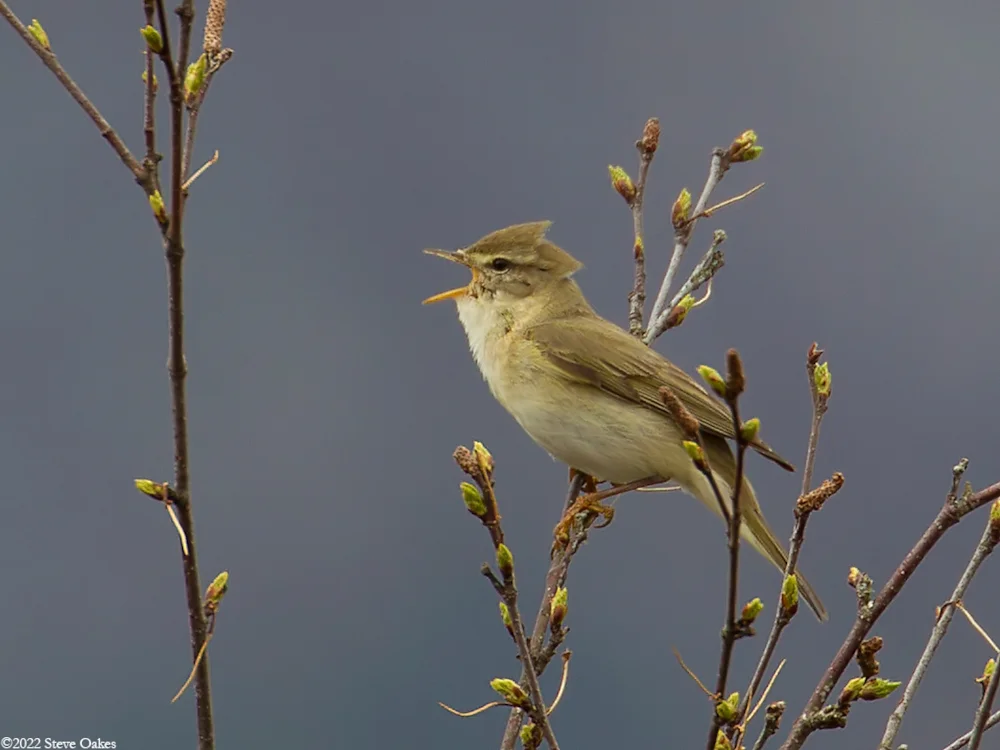Nature reserves alone can’t reverse biodiversity loss
Nature reserves alone can't reverse biodiversity loss Birdguides


New Research Shows Mixed Effects of Protected Nature Reserves on Wildlife
A recent study conducted in Finland has revealed that protected nature reserves do not always effectively safeguard wildlife, often only slowing down the decline of species. Protected areas, such as reserves, are considered crucial for maintaining biodiversity and combating its loss. However, research conducted at the University of Helsinki has shown varying effects of protected areas on different species.
Examining the Impact of Protected Areas on Species
To explore the effectiveness of protected areas across multiple species, researchers at the University of Helsinki analyzed changes in the occurrence of hundreds of species within and outside of these areas. While protected areas have undeniably contributed to slowing down the overall loss of biodiversity, their efficacy in preserving multiple species simultaneously remains unclear.

The research showed that nature reserves alone can not reverse species declines (Steve Oakes).
The study revealed mixed effects, indicating that protected areas do not fully meet the expectations placed upon them. Rather than completely reversing the trend of biodiversity loss, current protected areas can, at best, help slow down the rate of species decline. Therefore, what these areas currently offer is additional time to address the underlying causes of biodiversity loss.
“Our results demonstrate that only a small proportion of species explicitly benefit from protection, although this varies among different groups. Birds show the highest positive response to protection, with one out of five species benefiting, while warm-dwelling plants also experience more significant benefits. Protected areas primarily contribute by decelerating the decline in species occurrences,” explained associate professor Marjo Saastamoinen, the senior author of the study.
“Our findings should not discourage us from establishing protected areas,” commented Andrea Santangeli, the lead author of the study. “On the contrary, they highlight that protected areas provide us with some time to mitigate rapid species loss. By protecting an area, we can slow down the local decline of many species. However, we cannot expect miracles to happen by simply designating small patches of land here and there.”
Improving the Effectiveness of Protected Areas
To enhance the effectiveness of protected areas, Dr. Santangeli offers a clear recommendation: “We need to make the overall landscape more suitable for the species. Protected areas can serve as lifeboats, but in the long run, these lifeboats will still require a safe landing site.”
Reference
Santangeli, A, Weigel, B, Antão, L H, et al. 2023. Mixed effects of a national protected area network on terrestrial and freshwater biodiversity. Nature Communications. DOI: doi.org/10.1038/s41467-023-41073-4
SDGs, Targets, and Indicators
1. Which SDGs are addressed or connected to the issues highlighted in the article?
- SDG 15: Life on Land
The article discusses the impact of protected nature areas on biodiversity and species decline. This directly relates to SDG 15, which aims to protect, restore, and promote sustainable use of terrestrial ecosystems, sustainably manage forests, combat desertification, halt and reverse land degradation, and halt biodiversity loss.
2. What specific targets under those SDGs can be identified based on the article’s content?
- Target 15.1: By 2020, ensure the conservation, restoration, and sustainable use of terrestrial and inland freshwater ecosystems and their services, in particular forests, wetlands, mountains, and drylands, in line with obligations under international agreements.
- Target 15.5: Take urgent and significant action to reduce the degradation of natural habitats, halt the loss of biodiversity, and protect and prevent the extinction of threatened species.
The article highlights the mixed effects of protected areas on various species and the need to address the root causes of biodiversity loss. This aligns with Target 15.1, which emphasizes the conservation and sustainable use of terrestrial ecosystems. Additionally, the mention of slowing down the decline of species occurrences relates to Target 15.5, which aims to halt the loss of biodiversity and prevent species extinction.
3. Are there any indicators mentioned or implied in the article that can be used to measure progress towards the identified targets?
- Indicator for Target 15.1: Proportion of important sites for terrestrial and freshwater biodiversity that are covered by protected areas.
- Indicator for Target 15.5: Red List Index (RLI) for species.
The article discusses the effectiveness of protected areas in safeguarding biodiversity. The proportion of important sites for biodiversity covered by protected areas can be used as an indicator to measure progress towards Target 15.1. Additionally, the mention of species decline and the need to prevent extinction aligns with the Red List Index (RLI) for species, which is an indicator used to measure progress towards Target 15.5.
SDGs, Targets, and Indicators
| SDGs | Targets | Indicators |
|---|---|---|
| SDG 15: Life on Land | Target 15.1: By 2020, ensure the conservation, restoration, and sustainable use of terrestrial and inland freshwater ecosystems and their services, in particular forests, wetlands, mountains, and drylands, in line with obligations under international agreements. | Proportion of important sites for terrestrial and freshwater biodiversity that are covered by protected areas. |
| SDG 15: Life on Land | Target 15.5: Take urgent and significant action to reduce the degradation of natural habitats, halt the loss of biodiversity, and protect and prevent the extinction of threatened species. | Red List Index (RLI) for species. |
Behold! This splendid article springs forth from the wellspring of knowledge, shaped by a wondrous proprietary AI technology that delved into a vast ocean of data, illuminating the path towards the Sustainable Development Goals. Remember that all rights are reserved by SDG Investors LLC, empowering us to champion progress together.
Source: birdguides.com

Join us, as fellow seekers of change, on a transformative journey at https://sdgtalks.ai/welcome, where you can become a member and actively contribute to shaping a brighter future.







